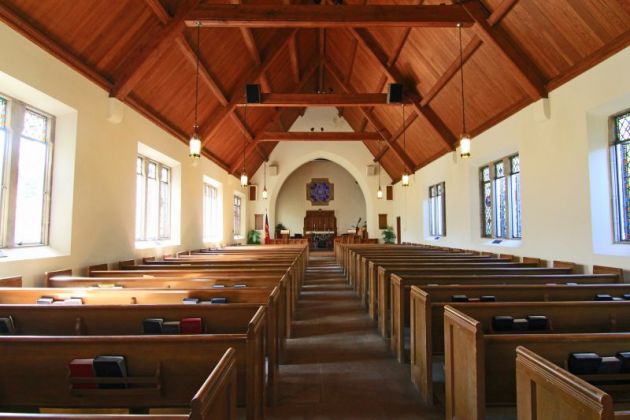In England and Wales number of Christians falls to half the population, while in US similar pattern shows

Christian believers are showing signs of decline in both the United States and the United Kingdom, but in England and Wales latest figures from the official statistics office show a marked fall in the number of people identifying as Christian.
Figures from 2019 show that only 51 percent of people in England and Wales are Christian, while those with no religion account for more than one-third., Christian Today reported on Dec. 17.
A few days earlier, Pew Research Center published a survey showing that about three-in-ten U.S. Adults are now religiously unaffiliated, and self-identified Christians make up 63 percent of the U.S. population in 2021, down from 75 percent a decade ago.
The Pew resaearch shows both the United States and the UK show similar patterns in sliding numbers of Christian believers, but the fall is considerably more marked in England and Wales.
The secularizing shifts evident in American society so far in the 21st-century show no signs of slowing, said the latest Pew Research Center survey of the religious composition of the United States, published on Dec. 14.
It found the religiously unaffiliated share of the public is 6 percentage points higher than it was five years ago and 10 points higher than a decade ago.
Christians continue as a majority of the U.S. populace, but their share of the adult population is 12 points lower in 2021 than in 2011.
Moreover, the share of U.S. adults who say they pray daily has been trending downward, as has the percentage who say religion is "very important" in their lives.
CONDIDERABLE DROP IN ENGLAND AND WALES
In England and Wales, the drop reported by Christian Today was considerable from that shown in the 2011 Census, when Christians made up 59 percent of the population in those two countries of the United Kingdom.
The fall in Christian affiliation coincides with climbing numbers recording no religion, which has grown from 32.3 percent in 2011 to 38.4 percent.
Young adults accounted for the smallest proportion of Christians - 35.2 percent of 20- to 29-year-olds, and 39.8 percent of 30- to 39-year-olds.
Their tally compared to two-thirds of 60- to 69-year-olds, just under three quarters (74.6 percent) of 70- to 79-year-olds, and 81 percent of those aged 80 and over.
By contrast, over half (53.4 percent) of 20- to 29-year-olds said they do not have any religion, followed by 30- to 39-year-olds (46.3 percent).
The proportion of Muslims in England and Wales saw a slight rise from 4.83 percent to 5.67 percent.
The results of the 2021 UK Census, due to be published next year, are expected to show a further fall in Christian identification.
In the United States, at the same time, currently, about three in ten adults (29 percent) are religious "nones."
They are those who describe themselves as atheists, agnostics, or "nothing in particular" when asked about their religious identity.
Self-identified Christians of all varieties (including Protestants, Catholics, members of the Church of Jesus Christ of Latter-day Saints, and Orthodox Christians) make up 63 percent of the adult U.S. population.
'NONES' GROWING
According to Pew, Christians now outnumber religious "nones" by a ratio of a little more than two-to-one.
In 2007, when Pew began asking its current question about religious identity, Christians outnumbered "nones" by almost five-to-one (78 percent vs. 16 percent).
Within U.S. Christianity, recent declines showed up more in Protestantism than for Catholics.
The recent declines within Christianity are concentrated among Protestants.
Today, 40 percent of U.S. adults are Protestants, a group broadly defined as nondenominational Christians and people who describe themselves as "just Christian" along with Baptists, Methodists, Lutherans, Presbyterians, and many others other denominational families.
The Protestant share of the population is down 4 percentage points over the last five years and has dropped 10 points in 10 years.
By comparison, the Catholic share of the population, which had ticked downward between 2007 and 2014, has held relatively steady in recent years.
As of 2021, 21 percent of U.S. adults describe themselves as Catholic, identical to the Catholic share of the population in 2014.
